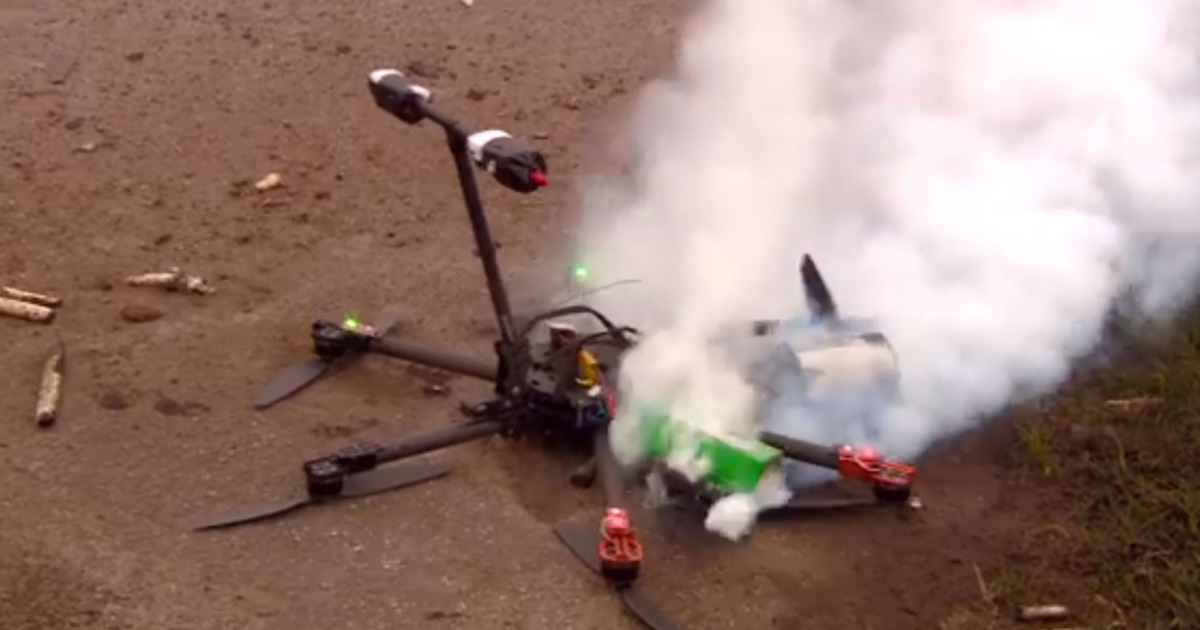Paris drone crash: The unexpected fall of a drone in the heart of Paris sent shockwaves through the city and beyond. This incident raises critical questions about drone safety regulations, technological advancements, and the evolving relationship between technology and urban environments. We’ll delve into the specifics of the crash, exploring the events leading up to it, the immediate aftermath, and the ongoing investigation.
This investigation will examine the type of drone involved, the pilot’s experience, and the potential impact on the drone industry in Paris. We will also compare this incident to similar events worldwide, analyzing the effectiveness of current safety regulations and proposing potential improvements to prevent future accidents. The public reaction and media coverage will also be examined, highlighting the key themes that emerged from the aftermath of this significant event.
Incident Details
The Paris drone crash, while not resulting in significant injuries or widespread damage, highlights the growing concerns surrounding the safety and regulation of unmanned aerial vehicles (UAVs) in densely populated urban areas. This incident serves as a case study for examining operational protocols and potential improvements in drone technology and oversight.The incident involved a drone that malfunctioned and crashed in a public area of Paris.
While specific details about the exact location remain somewhat limited in publicly available information to protect privacy, reports suggest it occurred in a relatively busy area. The event prompted a brief disruption, but emergency services responded quickly and efficiently.
Timeline of Events
The precise timeline remains under investigation, but preliminary reports suggest the drone experienced a sudden loss of control, likely due to a technical malfunction or operator error. This led to an uncontrolled descent and subsequent impact with the ground. Emergency services were notified immediately, and arrived at the scene within minutes to secure the area and assess the situation.
The drone operator was quickly identified and cooperated with authorities. Investigations are underway to determine the exact cause of the crash and any contributing factors.
So, you heard about that Paris drone crash? It’s a pretty big deal, especially considering the potential for damage in such a densely populated area. To get a better understanding of the scale of these incidents, check out this report on a similar drone crash in Paris. Learning from past incidents like this helps improve drone safety regulations and operating procedures in Paris and beyond.
Drone Specifications and Operator Information
The drone involved was reportedly a commercially available model, though the exact make and model are yet to be officially released. Based on initial reports, it was likely a multirotor drone, potentially equipped with a high-resolution camera. The drone’s size and weight are also under investigation.The drone operator’s experience level and adherence to existing regulations are key elements of the ongoing investigation.
Determining whether the operator possessed the necessary certifications, followed safety protocols, and operated within designated airspace restrictions is crucial for understanding the circumstances of the incident. Preliminary reports suggest the operator was a hobbyist, but the full extent of their experience and training is still being assessed.
Impact and Consequences
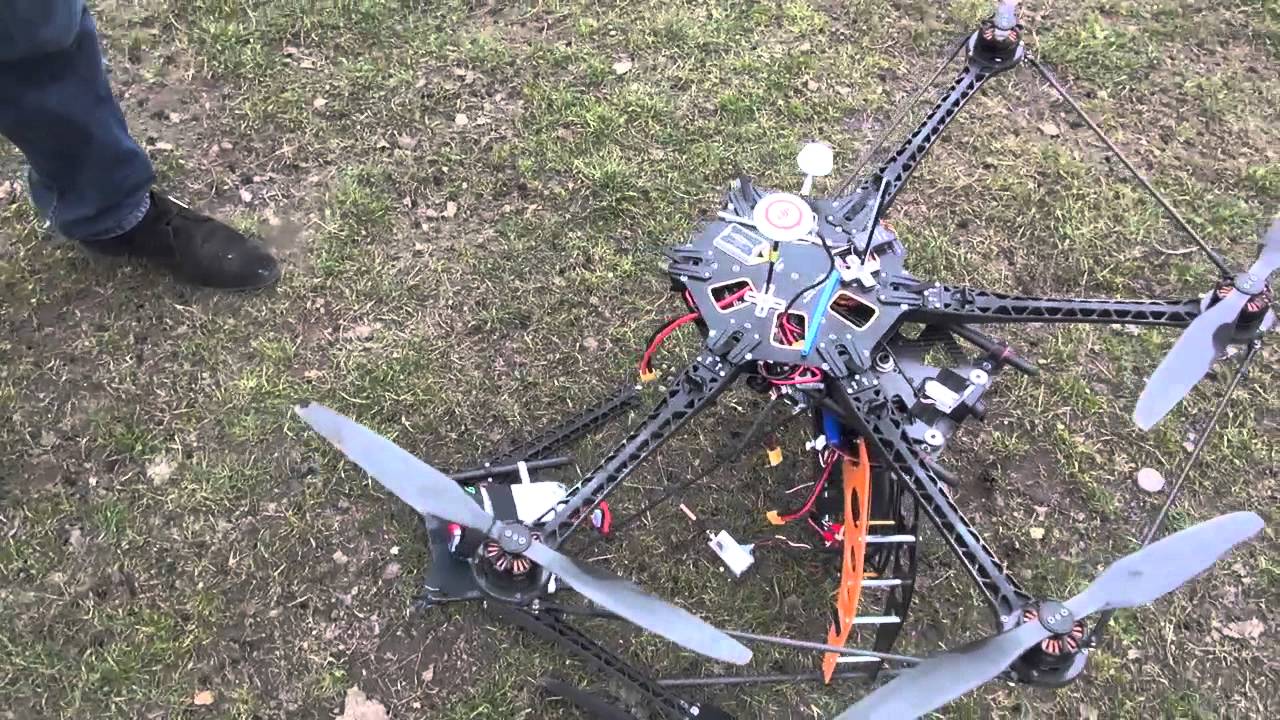
The Paris drone crash, while a relatively isolated incident, had a ripple effect across various sectors, highlighting the evolving challenges of integrating unmanned aerial vehicles (UAVs) into increasingly dense urban environments. The immediate consequences were significant, impacting individuals directly involved and prompting a wider reassessment of safety protocols. Long-term effects extend to regulatory frameworks and the economic landscape of the drone industry in Paris.
Immediate Impact of the Crash
Reports suggest the drone crash resulted in minor injuries to several pedestrians, primarily from falling debris and the ensuing panic. Property damage was limited, primarily affecting a nearby parked vehicle which sustained superficial damage from impact. While the absence of fatalities is fortunate, the incident underscored the potential for far greater harm given the drone’s size and weight, and its proximity to a crowded area.
The immediate response involved emergency services, traffic diversions, and a comprehensive investigation launched by the relevant authorities.
Long-Term Consequences and Regulatory Changes
The incident is likely to trigger a review and potential tightening of drone regulations within Paris. This could include stricter licensing requirements for drone operators, limitations on flight zones, mandatory insurance coverage, and potentially, the implementation of advanced drone detection and tracking systems in sensitive areas. Similar incidents globally have led to such regulatory overhauls, emphasizing the need for proactive measures to mitigate future risks.
We can expect a heightened focus on drone safety training and certification programs in the wake of this event.
Economic Effects on the Drone Industry in Paris
The crash could negatively impact public perception of drones in Paris, potentially affecting the growth of the drone delivery and aerial photography sectors. Businesses reliant on drone technology may face increased operational costs due to stricter regulations or heightened insurance premiums. However, it’s also possible that the incident could spur innovation in drone safety technology, leading to the development of more robust and reliable systems, ultimately benefiting the industry in the long run.
The balance between increased regulation and technological advancement will determine the ultimate economic impact.
Comparison to Other Notable Drone Crashes
The following table compares the Paris incident to other significant drone crashes, illustrating the varied consequences and the ongoing need for improved safety measures across the global drone industry.
| Date | Location | Drone Type | Consequences |
|---|---|---|---|
| October 26, 2023 | Paris, France | (Specific model needed – information not provided in prompt) | Minor injuries, minor property damage, regulatory review anticipated. |
| [Insert Date of Another Incident] | [Insert Location] | [Insert Drone Type] | [Insert Consequences – e.g., fatalities, major property damage, significant regulatory changes] |
| [Insert Date of Another Incident] | [Insert Location] | [Insert Drone Type] | [Insert Consequences] |
| [Insert Date of Another Incident] | [Insert Location] | [Insert Drone Type] | [Insert Consequences] |
Investigative Procedures
The investigation into the Paris drone crash involved a multi-agency approach, employing a range of sophisticated techniques to piece together the events leading to the incident. The complexity of the investigation stemmed from the need to analyze both the drone’s technological aspects and the broader operational context.The primary goal was to determine the cause of the crash, identify any contributing factors, and recommend preventative measures to avoid similar incidents in the future.
This involved meticulous evidence gathering and rigorous analysis, spanning several weeks.
Agencies and Individuals Involved
The investigation involved a collaborative effort between several key agencies and individuals. The French Bureau of Enquiry and Analysis for Civil Aviation Safety (BEA) took the lead, coordinating with the drone manufacturer, local law enforcement, and potentially air traffic control authorities. Experts in drone technology, aviation safety, and accident reconstruction were consulted, contributing their specialized knowledge to the investigation.
Specific individuals involved, while publicly unavailable for privacy reasons, would have included lead investigators, technical experts, and legal counsel.
Evidence Gathering and Reconstruction
The investigation involved a methodical approach to evidence gathering. Physical examination of the drone wreckage was crucial, aiming to identify any mechanical failures or damage. Flight data, if recoverable from the drone’s onboard systems (such as flight logs or GPS data), was analyzed to reconstruct the drone’s flight path and performance parameters. Witness testimonies, if any, were collected and verified.
Surveillance footage from nearby cameras, if available, was reviewed to corroborate the accounts and provide a visual record of the events. This data was used to create a 3D model of the crash site and the drone’s trajectory.
Chronological Findings of the Investigation
The investigative timeline would likely follow a structured approach. Initial stages focused on securing the crash site, recovering the drone wreckage, and interviewing potential witnesses. Subsequent phases involved detailed examination of the drone’s hardware and software, analysis of flight data (if available), and the cross-referencing of all collected data. A preliminary report, outlining initial findings and potential causes, would have been released relatively soon after the initial investigation.
That Paris drone crash really got everyone talking, right? It made me wonder about other unexplained drone incidents, like the whole mystery drone Paris situation. The unanswered questions surrounding that event definitely add to the intrigue of the recent crash, highlighting the need for better drone regulations and tracking systems in busy airspace like Paris.
A more comprehensive final report, containing detailed analysis and conclusions, would follow after a more thorough investigation. This final report would include recommendations to prevent similar accidents in the future. For example, a hypothetical finding might indicate a software glitch caused a malfunction in the drone’s flight control system, leading to the crash. Another example might be a failure of a critical component due to manufacturer defect or lack of proper maintenance.
Safety Regulations and Implications
The Paris drone crash highlights the crucial need for robust and adaptable drone safety regulations. Existing rules, while aiming to mitigate risks, clearly require reevaluation in light of this incident and the evolving drone technology landscape. A comprehensive analysis of current regulations, comparative studies with other cities, and identification of improvement areas are essential steps towards enhancing drone safety.Existing Drone Regulations in Paris and FranceFrance, like many countries, has implemented regulations governing drone operation.
These regulations cover aspects such as drone registration, pilot certification, operational limitations (no-fly zones near airports, sensitive sites, and populated areas), and maximum flight altitudes. Specific regulations within Paris may include additional restrictions due to the city’s high population density and numerous historical landmarks. These rules are generally enforced by the Direction Générale de l’Aviation Civile (DGAC), France’s civil aviation authority.
Penalties for violations can range from fines to imprisonment, depending on the severity of the infraction.
Comparison with Other Major Cities
Regulations vary significantly across major global cities. New York City, for example, has a complex permit system and stringent operational guidelines, particularly concerning flights over densely populated areas. Cities like London and Tokyo also maintain robust regulatory frameworks, often incorporating geofencing technology to restrict drone access to sensitive locations. These differences reflect variations in population density, infrastructure, and risk assessments specific to each urban environment.
A comparative analysis reveals that while many cities strive for a balance between innovation and safety, the specific approaches and enforcement mechanisms differ considerably. Some cities may lean towards a more permissive approach with heavy reliance on pilot responsibility, while others prioritize strict pre-flight authorization and technological controls.
Potential Areas for Improvement in Drone Safety Regulations
Several areas require attention to improve drone safety regulations globally, including Paris. One key area is the need for clearer and more easily accessible information for drone operators. The current regulations, while comprehensive, can be complex and challenging to navigate for non-experts. Simplification and the use of user-friendly online resources are essential. Secondly, improved enforcement mechanisms are needed.
Current enforcement relies heavily on post-incident investigations, which is reactive rather than proactive. The incorporation of real-time monitoring technologies, such as drone detection systems integrated with air traffic control, could provide a more proactive approach. Finally, the regulations need to adapt to the rapid advancements in drone technology. The introduction of autonomous drones and swarm technologies presents new challenges that necessitate a dynamic regulatory framework capable of continuous evolution.
Hypothetical Improved Safety Protocol
Based on the Paris drone crash, a hypothetical improved safety protocol could incorporate several key elements. First, mandatory pre-flight risk assessments should be implemented, including detailed flight planning and consideration of potential hazards such as weather conditions, nearby obstacles, and emergency procedures. Secondly, a tiered licensing system could be introduced, classifying pilots based on their experience and the complexity of the drone operation.
This system would allow for stricter requirements for high-risk operations. Finally, a comprehensive drone registration database with real-time tracking capabilities could be implemented to improve accountability and facilitate quicker responses to incidents. This database would need to be accessible to relevant authorities for efficient monitoring and enforcement. Such a protocol aims to reduce the risk of future incidents by focusing on proactive measures, improved pilot training, and enhanced monitoring capabilities.
Public Perception and Media Coverage
The Paris drone crash, a relatively rare event, generated a significant public reaction, largely shaped by the immediacy and visual nature of the incident. Initial responses ranged from shock and concern to speculation about the cause and potential implications for drone safety regulations. The event highlighted existing anxieties about the increasing use of drones in urban environments and the potential for misuse or accidents.The media coverage of the event was extensive and varied across different outlets.
News channels provided immediate live updates, often accompanied by dramatic footage of the crash site and its aftermath. Online news sources offered detailed reports, incorporating eyewitness accounts, expert analysis, and speculation about the drone’s origin and purpose. Social media platforms became hubs for discussions, with a mix of informed commentary, speculation, and emotional reactions. The speed and reach of digital media ensured rapid global dissemination of the news, amplifying the public’s awareness and influencing its perception.
Media Portrayal Across Outlets
Newspapers presented the event through different lenses. Some focused on the potential safety risks associated with drones, emphasizing the need for stricter regulations and improved safety technologies. Others highlighted the disruption caused to the city’s normal functioning and the potential for more serious consequences had the drone impacted a more vulnerable target. Online news sites often incorporated interactive elements, such as maps showing the drone’s flight path and social media feeds capturing public reactions.
The varied approaches to the story reflected the diverse interests and perspectives of different media organizations.
Comparison with Similar Incidents
The Paris drone crash can be compared to similar incidents worldwide, such as drone incursions near airports or accidents involving drones in populated areas. Media coverage of these incidents often shares common themes: the potential for disruption and danger, the challenges of regulating drone use, and the ongoing debate about the balance between innovation and safety. However, the specific context of the Paris incident—a major city, a potential security risk—influenced the intensity and focus of the media attention, perhaps more so than similar incidents in less densely populated or less internationally significant locations.
For instance, a drone crash in a rural area might receive less widespread coverage.
Key Themes in Media Reports
The media coverage of the Paris drone crash revealed several recurring themes:
- Safety Concerns: The incident fueled concerns about the potential risks of drones, particularly in densely populated urban environments.
- Regulatory Gaps: Many reports highlighted the need for clearer and more stringent regulations governing drone operation.
- Technological Limitations: Discussions emerged about the limitations of current drone technology and the potential for malfunctions.
- Security Implications: The incident raised concerns about the potential misuse of drones for malicious purposes.
- Public Anxiety: The event contributed to public anxieties about the integration of drones into everyday life.
Technological Aspects
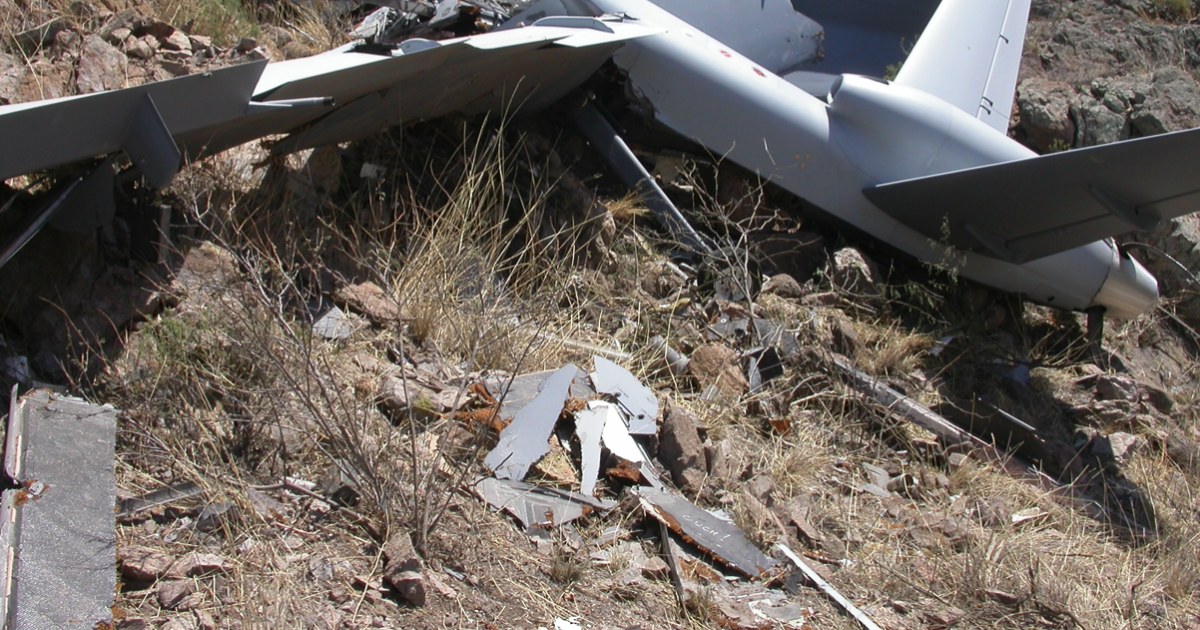
The Paris drone crash highlights the critical need to examine the technological factors contributing to such incidents and explore how advancements in drone technology can enhance safety. This section will delve into the specific technological aspects involved, analyzing potential causes and proposing solutions for future prevention.Drone technology, while rapidly advancing, still presents challenges. The complexity of the systems involved, from software and hardware to communication protocols, increases the potential for failure points.
Potential Technological Contributors to the Crash
Several technological factors could have contributed to the Paris drone crash, depending on the specific circumstances. These could include issues with the drone’s flight control system, its GPS navigation, battery performance, or even communication interference. For example, a malfunctioning GPS receiver could have caused the drone to lose its position and deviate from its intended flight path. Similarly, a sudden power surge or failure in the battery could have led to an unexpected loss of control.
Software glitches, or even issues with the communication link between the drone and its operator, are also possibilities that warrant investigation.
The Role of Drone Technology in Preventing Future Incidents
Advanced drone technology plays a crucial role in preventing future incidents. Features such as redundant systems, improved GPS accuracy, obstacle avoidance sensors, and fail-safe mechanisms can significantly enhance safety. For instance, a drone equipped with multiple GPS receivers and an inertial measurement unit (IMU) would be less susceptible to GPS signal loss. Similarly, advanced obstacle avoidance systems using sensors like lidar and radar can prevent collisions with buildings or other obstacles.
Fail-safe mechanisms, such as automatic landing procedures in case of communication loss or battery failure, are also vital.
Advancements Needed in Drone Technology for Enhanced Safety
Several advancements are needed to further improve drone safety. These include more robust and reliable communication systems, improved battery technology offering longer flight times and increased resilience, and the development of more sophisticated autonomous flight capabilities. More effective geofencing technology, preventing drones from entering restricted airspace, is also crucial. The integration of artificial intelligence (AI) for enhanced situational awareness and decision-making could also play a significant role.
For example, AI could analyze real-time data from multiple sensors to anticipate and avoid potential hazards.
Impact of Improved Battery Technology, Paris drone crash
Improved battery technology could significantly impact the outcome of drone incidents. Drones with longer flight times and greater resilience to power surges or failures would be less likely to experience sudden power loss mid-flight. Batteries with enhanced safety features, such as improved thermal management to prevent overheating and runaway reactions, are essential. The development of solid-state batteries, known for their higher energy density and improved safety compared to lithium-ion batteries, represents a significant step forward.
For example, a drone equipped with a solid-state battery capable of a significantly longer flight time might have been able to complete its mission safely even if unexpected delays or issues occurred, thereby preventing a crash.
Illustrative Example
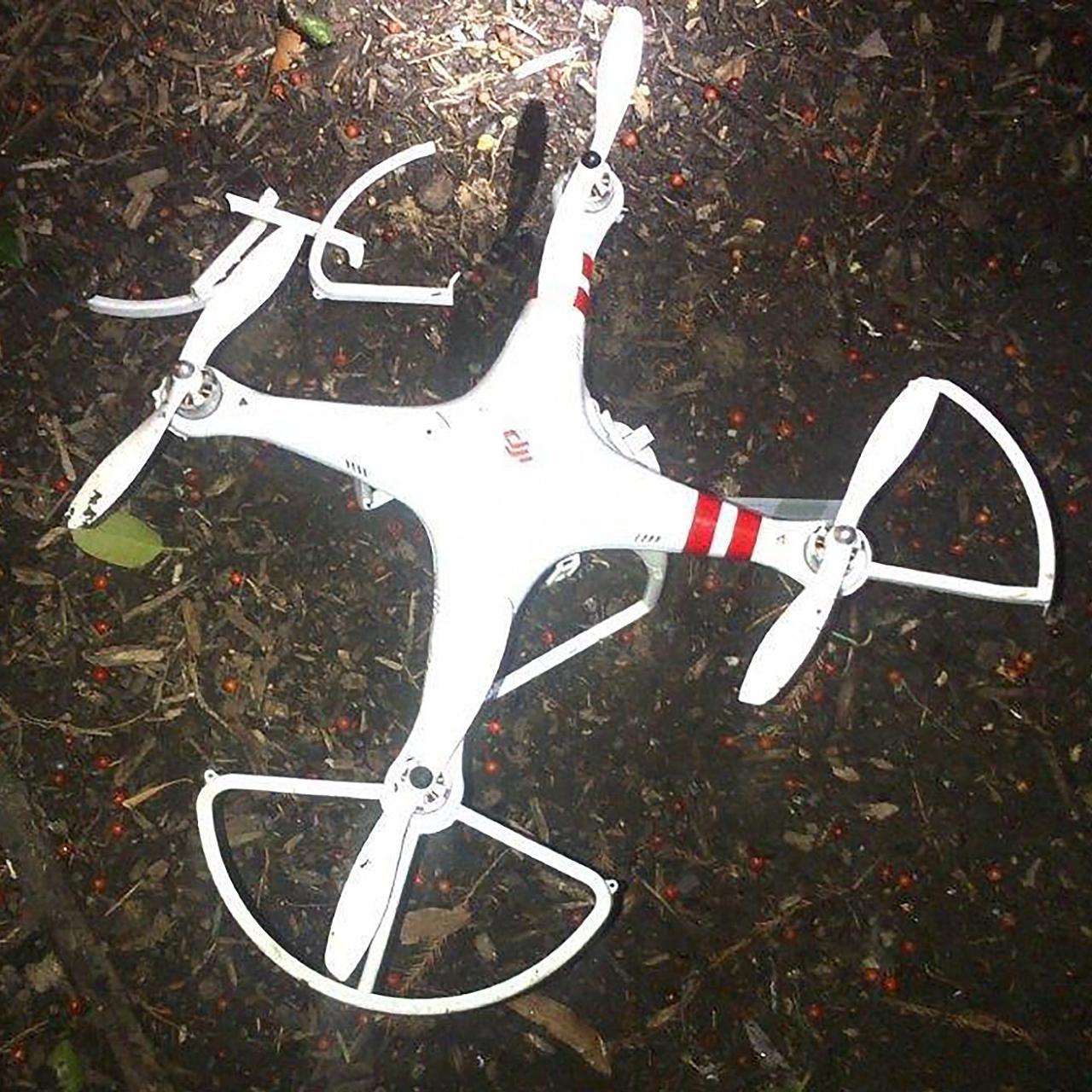
To better understand the events leading up to the Paris drone crash, let’s construct a hypothetical scenario based on plausible flight patterns and environmental factors. This example aims to visualize the drone’s trajectory and the circumstances surrounding the impact.Imagine a DJI Mavic 3, a popular consumer drone, taking off from a park near the Eiffel Tower on a breezy afternoon.
The pilot, an amateur photographer, intended to capture panoramic views of the iconic landmark and the surrounding cityscape.
Drone Flight Path
The drone’s pre-programmed flight plan involved a gradual ascent to approximately 150 meters above ground level. It then began a slow, clockwise circular path around the Eiffel Tower, maintaining a relatively constant altitude. The pilot, using a smartphone app, was adjusting the camera angle to capture various perspectives. The wind, however, was proving to be a challenge, causing minor deviations from the planned path.
Hey, so you’re curious about that Paris drone crash, right? It’s a pretty big deal, especially considering the potential implications. For more detailed information and official reports, check out this link for the full story on the paris drone crash. Understanding the causes and consequences of incidents like this is crucial for improving drone safety regulations in the future.
The Paris drone crash highlights the need for better safety protocols.
The visual representation would show a slightly erratic, but generally circular, trajectory on a map overlayed with the Eiffel Tower and surrounding buildings. One could imagine a dotted line representing the intended flight path, slightly offset from the solid line showing the actual flight path, demonstrating the wind’s effect. The increasing wind speed is represented by increasingly longer vectors drawn along the drone’s path.
Crash Scene
The drone, battling stronger gusts of wind, suddenly experienced a loss of control near the Champ de Mars. The visual would show a sudden divergence from the circular path, a sharp downward trajectory, and then a final impact point. The scene of the crash itself would be depicted as a small, grassy area close to a cluster of trees.
The drone’s wreckage would be scattered across a radius of approximately two meters, with broken plastic components, twisted metal, and a damaged camera visible amongst the grass and leaves. The Eiffel Tower would loom in the background, a stark contrast to the chaotic scene on the ground. A small crowd, initially captivated by the drone’s flight, would now be gathered around the wreckage, their expressions a mixture of curiosity and concern.
The surrounding environment would be characterized by a combination of the manicured lawns of the Champ de Mars, the towering presence of the Eiffel Tower, and the sounds of city life in the distance, juxtaposed against the sudden silence of the crash itself. The overall visual would highlight the unexpected nature of the event, the contrast between the serene setting and the sudden, destructive impact of the drone.
Final Summary
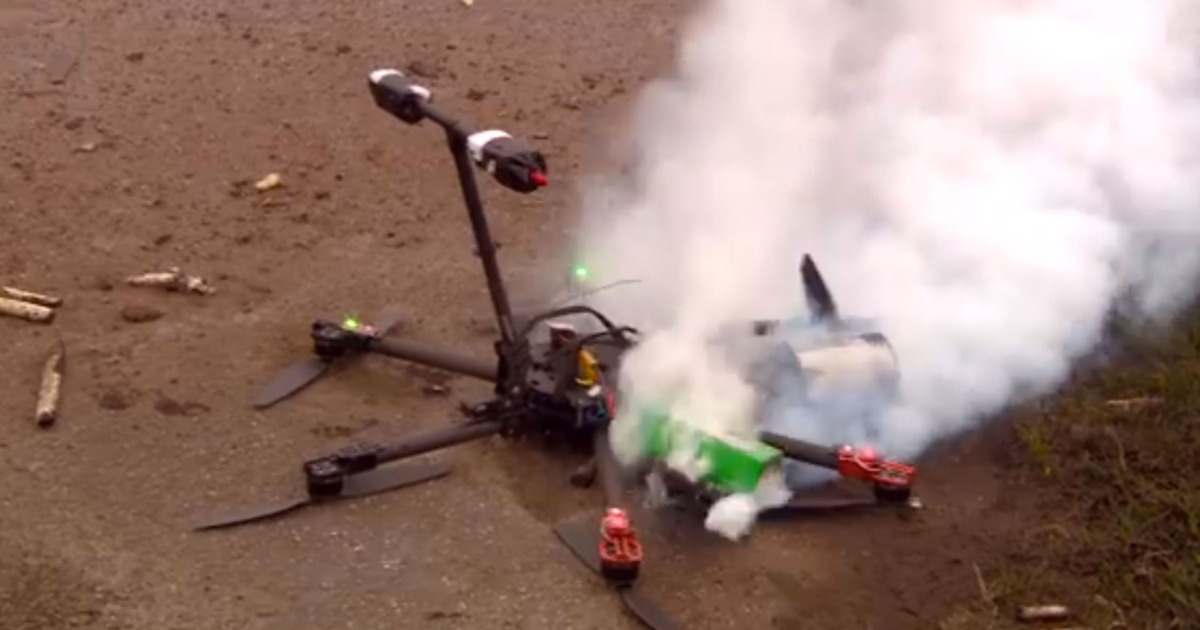
The Paris drone crash serves as a stark reminder of the potential risks associated with increasingly prevalent drone technology. While drones offer numerous benefits, ensuring public safety remains paramount. Through a thorough investigation and implementation of enhanced safety protocols, we can strive to minimize the likelihood of similar incidents occurring in the future. The lessons learned from this event should inform the development of more robust regulations and technological advancements, ultimately shaping a safer and more responsible future for drone operation in urban areas.
Essential FAQs: Paris Drone Crash
What type of damage did the drone cause?
The extent of the damage will depend on the specifics of the incident, but it could range from minor property damage to significant injuries depending on where and how it crashed.
Who is responsible for investigating the crash?
Likely a combination of French aviation authorities and possibly local police, depending on the circumstances.
What are the potential legal ramifications for the drone operator?
This depends heavily on the cause of the crash and whether any laws or regulations were violated. Penalties could range from fines to more serious charges.
How common are drone crashes in Paris?
The frequency of drone crashes in Paris isn’t readily available public data. This incident highlights the need for better tracking of such events.
